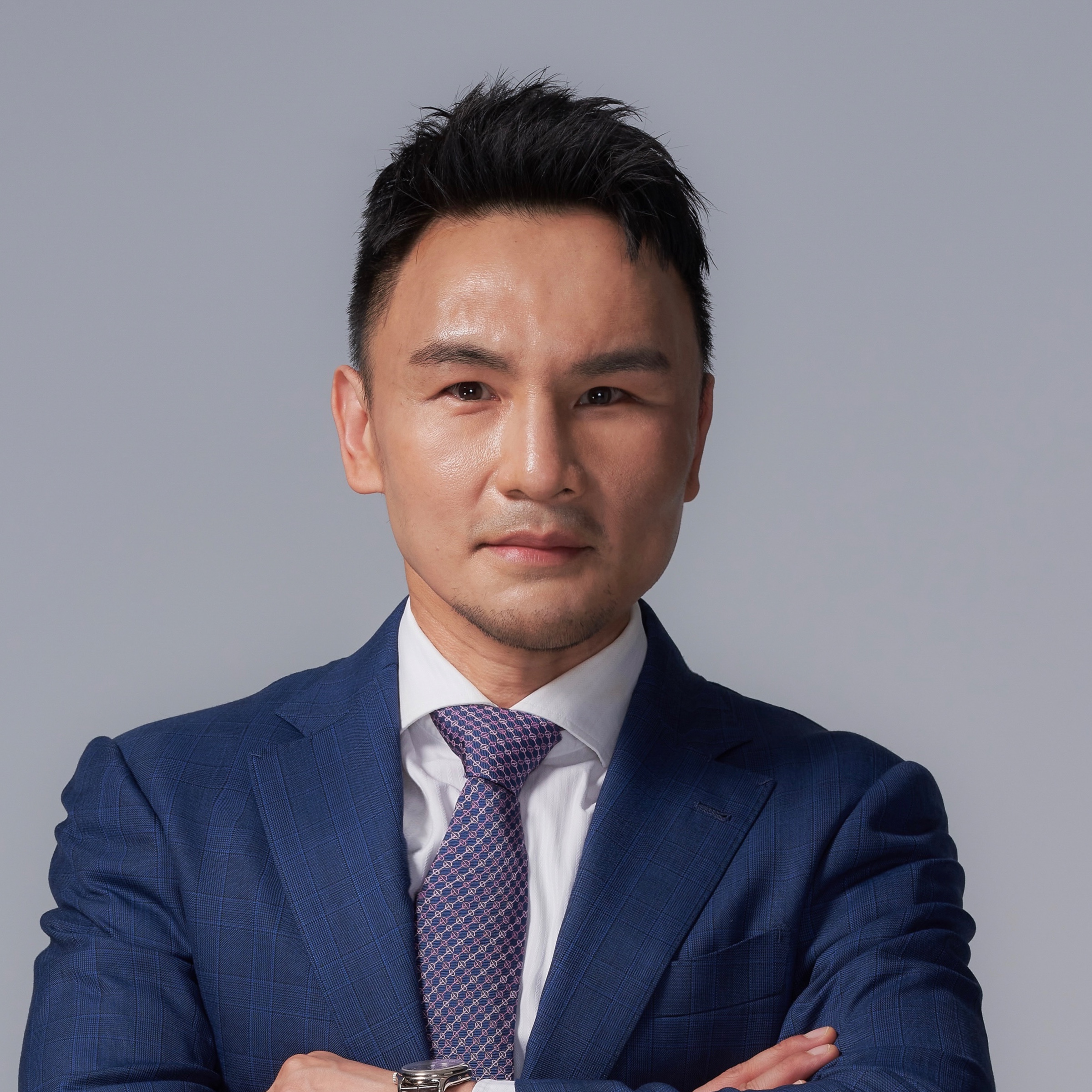VOLTAR
IMCAS Asia 2024
IMCAS Asia 2024
Programa
092
Male face and body - How do I optimise
Sala: Room 2 - Level 2
Data: domingo 23 junho 2024 de 11:00 às 12:00
Formato: FOCUS SESSION > lectures covering a major topic of the congress
Data: domingo 23 junho 2024 de 11:00 às 12:00
Formato: FOCUS SESSION > lectures covering a major topic of the congress
Apresentações desta sessão
| Horas | Palestrantes | Título da apresentação | Resumo | Número |
| 11:00 | Facial volume restoration for men: a focus on the injection point differences | 134631 | ||
| 11:10 | The new masculinity | Visualizar | 138214 | |
| 11:20 | “Uberman” trend for masculine aesthetic in Asia | 134630 | ||
| 11:30 | Medical and Aesthetic Approach on Male Aesthetics in Asians | Visualizar | 134629 | |
| 11:40 | Discussion and Q&A | 134632 | ||











